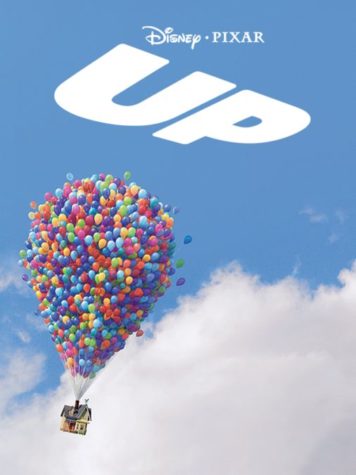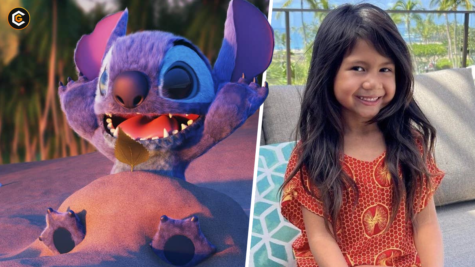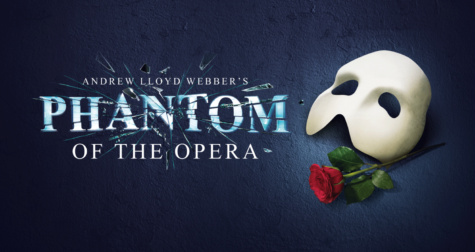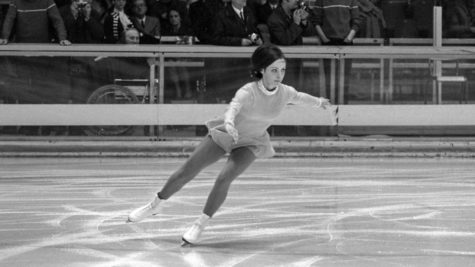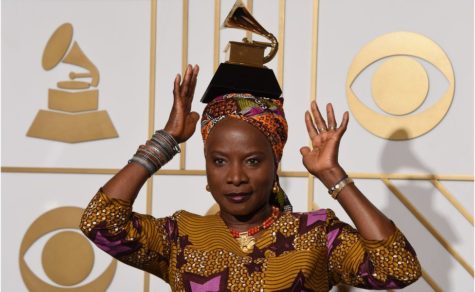African dance workshop helps dancers broaden horizons
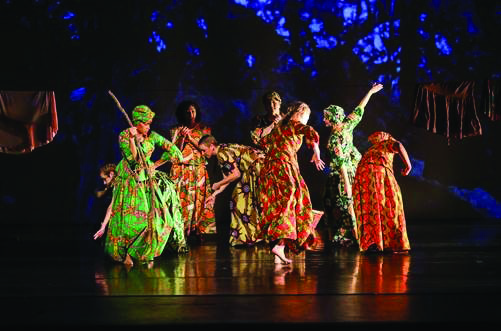
Performers engaging in Ring Shout.
April 21, 2021
Last week, Mercyhurst Dance Department students participated in a dance workshop and lesson on the African American dance, Ring Shout, with University of North Carolina at Charlotte professor Tamara Williams.
Growing up with Ring Shout as a family tradition and exploring the topic further in her career, Williams had both the history and the dedication to be able to share the Ring Shout with the dancers here on campus.
Students benefited greatly from her expertise and passion. As freshman dance major Olivia Turner-Leftwitch explained, “it was an opportunity for our class to encounter a form of dance very different from ballet and gain a greater appreciation for the history of a dance form that came from a need to grieve and is now ingrained in American dance.”
Ring Shout is a community dance originating in the 1800s, and first found in Georgia and North Carolina among the enslaved people. It is an African Diaspora Dance originating apart from the continent of Africa, yet created by the descendants of the African people. With movements derived from everyday actions, Ring Shout emphasizes polyrhythms and syncopation, and it brought communities together to honor their past, survive in their present conditions and look toward a brighter future.
While the African people were enslaved, Ring Shout specifically served as a way to communicate with one another and was even used as a form of resistance.
Mara Isaacson, a Dance major who attended the workshop, was impressed by the dance form and workshop.
“I learned that Ring Shout was frowned upon by enslaved people’s owners because it preserved their culture, therefore Ring Shout was a form of resistance for the enslaved people,” said Isaacson. “This helped me see that dance, and art in general, help us better understand the world around us as well as assist us through difficult times, especially when we apply this dance form to today.”
Solveig Santillano, Dance professor and organizer of the Ring Shout workshop, also emphasized the complex purpose of dance and art in the world.
“Traditional dances evolved and changed and took on their own meaning, and therefore created [a means] for survival as well as social expression,” Santillano said.
Of course, as the world changed, so did Ring Shout. Yet, it has always held a strong place in the African American community.
For the students here, it was a unique and enlightening experience to be able to not only learn about, but also dance, Ring Shout.
Freshman dance major Katherine Kilbourne pointed this out, saying how great it was to be able to actually engage with the dance.
“I think when reading about these sorts of ideas in our textbooks, the emotionality behind it all can get lost in translation, so I am really glad we were able to further our understanding in this way.”
Echoing this, Turner-Leftwitch explained how dances like Ring Shout still influence us today.
“As the ideas from Ring Shout have been absorbed into American Jazz dance, I was able to recognize themes of groundedness and improvisation from our Jazz class.”
Seen in the Ring Shout tradition, dance has the power to build and change communities over time, yet there is still work to do.
“In what way can we honor one another’s histories and the complexity that we all bring, or the uniqueness that we all bring, and also still live together?” Santillano said.
Perhaps the dance and the arts may be part of the answer.



